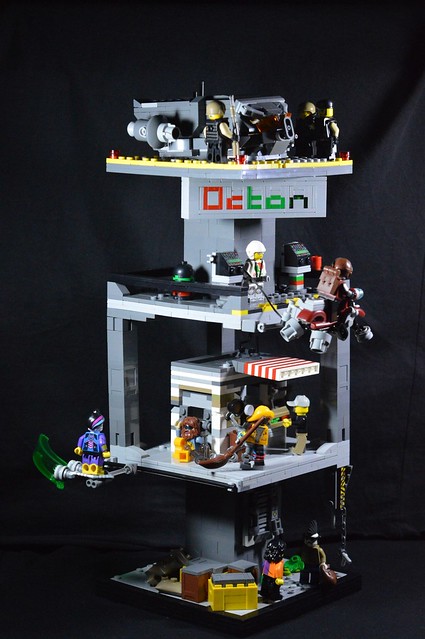Bending Section: An Essential Component for Curved and Flexion Segments
Introduction:
In various industries, the use of curved and flexion segments is common. These components are widely employed in applications ranging from architectural designs to automotive manufacturing. The bending section plays a cru Curve section cial role in fabricating these curved portions, providing flexibility and durability to the finished products. In this article, we will explore the manufacturing process, features, advantages, usage methods, tips for selecting a bending section product, and conclude with its significance.
Manufacturing Process:
The production of a bending section involves several steps t Bending Section o ensure efficient results. Firstly, high-quality materials like steel alloys or aluminum are selected based on specific requirements such as strength or corrosion resistance. Next comes the shaping process where computer numerical control (CNC) machines precisely cut and bend the material according to desired specifications. This method allows for accuracy in Curved portion creating complex shapes a Bending Section nd curves needed for different applications.
Features:
The bending section exhibits several notable features that make it an essential component in any curved or flexion segment design. One key feature is its ability to withstand repeated bending motions without deformation or fatigue failure. Additionally, its smooth surface finish ensures seamless integration into diverse structures while maintaining aesthetic appeal. Furthermore, some variants offer adjustable angles which can be beneficial whe Bending Section n customization is required.
Advantages:
Utilizing a bending section offers numerous advantages compared to traditional fabrication methods:
1. Versatility: Bending sections enable designers to create ergonomic shapes that conform precisely to their intended purpose.
2. Efficient Use of Space: By incorporating bent sections instead of relying sol

ely on straight lines or joints in assemblies,
manufacturers can optimize limited space within structures.
3.Cost Savings: The seamless integration provided by bent sections minimizes welding processes during assembly,
reducing labor costs significantly.
4.Impact Resistance:Fabricated using durable materials,the fitting makes it reliable against stress,natural forces,and
environmental condition Bending Section s – ultimately extending product lifespan.
Usage Methods:
The application of a bending section is diverse. In architectural designs, it enables the creation of unique shapes and curves in buildings, adding aesthetic value to structures. In automotive manufacturing, curved portions created by the bending section enhance vehicle aerodynamics and structural inte

grity while improving overall performance.
How to Choose the Right Bending Section Product:
Selecting an appropriate bending section product requires careful consideration of Bending Section specific requirements like curvature radius, material quality, ease of installation, and compatibility with existing design plans. Consulting with experienced engineers or suppliers can provide valuable insights into choosing the right product for a particular application.
Conclusion:
The bending section is an indispensable component when it Flexion segment comes to creating curved and flexion segments across various industries. Its manufacturing process ensures accurate shaping while providing features such as durability and versatility. The advantages offered include efficient space utilization, cost savings through seamless integration, and enhanced impact resistance. Selecting the right bending section product involves evaluating specific needs for curvature radius, material quality, installation ease,
and compatibility. With its numerous benefits for both designers and manufacturers alike,
the integration of a high-quality bending section undoubtedly Bending Section enhances the performance
and appeal of finished products in today’s dynamic market.
